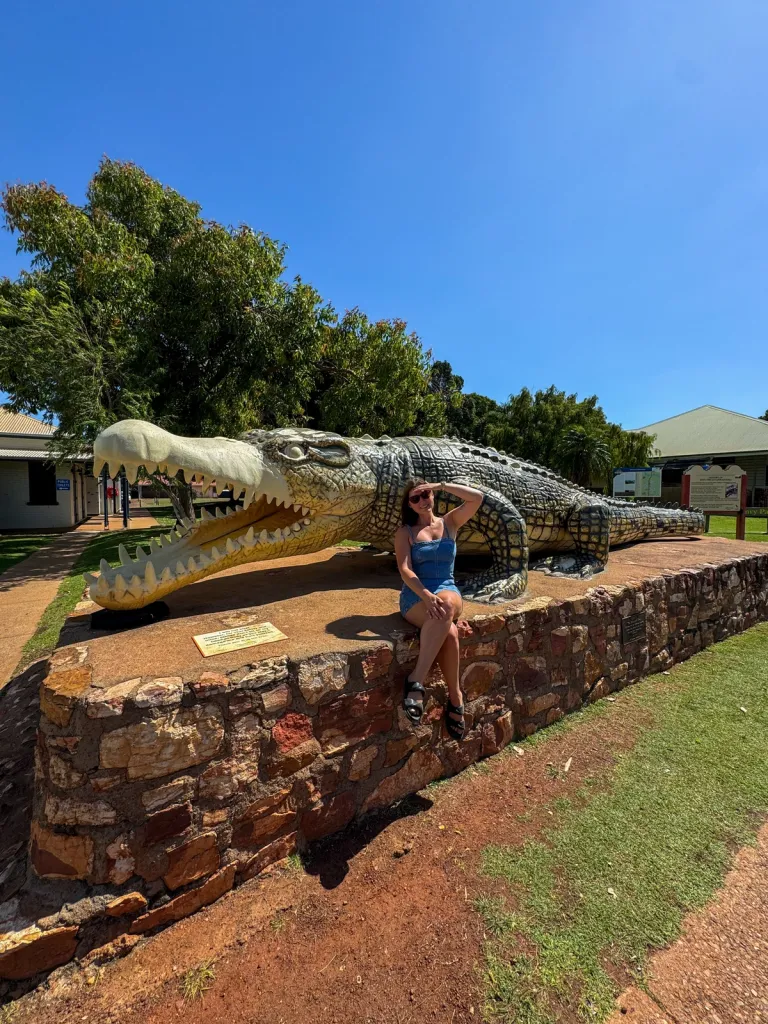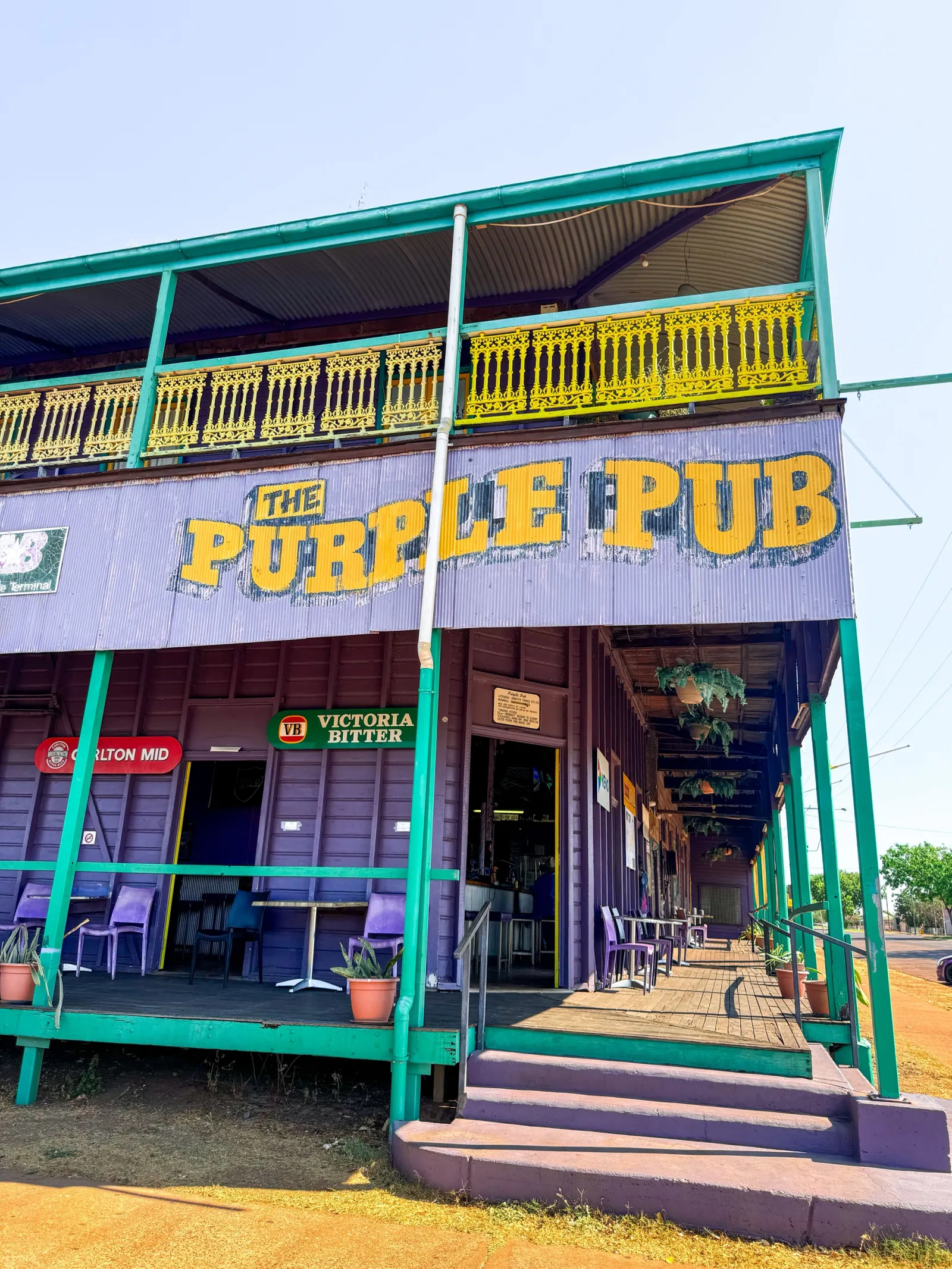The Savannah Way is an iconic road trip that is often regarded as one of the best, especially for those wanting to experience various terrains and scenery across multiple states. Starting in Cairns and ending in Broome, the Savannah Way spans an incredible 3,700 kilometres, with both sealed and unsealed road sections.
For those looking to stick to the sealed road, embark on an adventure, and make the most of limited time, the first leg of the Savannah Way - Cairns to Karumba - is a great option. This 710-kilometre route takes approximately nine hours to drive and offers some incredible stops along the way. Here are some recommended highlights:
Cairns, Mareeba and Atherton
Beginning in the tropical paradise of Cairns there are an abundance of options from Great Barrier Reef snorkeling to lush rainforests as well as some must-visit swimming locations in Cairns’ surrounds including Babinda Boulders and Josephine Falls. From Cairns you’ll head to Mareeba which is home to coffee plantations open for tours then onto Atherton with its picturesque waterfalls and the iconic heritage-listed Curtain Fig Tree.
Ravenshoe and Innot Hot Springs
Next, the journey continues to Ravenshoe, Queensland’s highest town at 920 meters above sea level and home to Australia’s first wind farm, Windy Hill Wind Farm. A stop at Innot Hot Springs, located between Ravenshoe and Mount Garnet, is highly recommended for a relaxing soak. Camping for a few days at Innot Hot Springs Caravan and Leisure Park is a great option, as it offers multiple pools with varying temperatures for guests to enjoy. While the natural springs next to the park are free to visit, they can be extremely hot, with some sections reaching a staggering 75 degrees Celsius. The pools at the Caravan and Leisure Park provide a more comfortable and spa-like experience on the road.
Mount Garnet and Georgetown
Mount Garnet is home to the Undara Lava Tubes, where visitors can join a guided tour to explore the incredible underground tunnels formed by ancient volcanic activity. Further along the route is Georgetown, known for gold fossicking, gemstones, and rich history. A visit to Cumberland Chimney & Dam is highly recommended—this historic gold mining relic from the 1800s is not only a fascinating site but also a beautiful spot for a picnic, an afternoon of birdwatching, or even an overnight stay at the donation-based campsite. Many travellers choose to set up their RVs by the water, where local cattle can often be seen wading through the dam to cool down.
Croydon and Normanton
Next is Croydon, a historic gold rush town known for its well-preserved heritage buildings and quirky outback charm. For those interested in Aussie history, Croydon is well worth a visit. The journey then continues to Normanton, where one of its most recognisable landmarks—the Purple Pub—is hard to miss. Another must-see is the statue of Krys the Croc, a replica of the largest saltwater crocodile ever recorded at 8.63 metres long, serving as a stark reminder to stay croc-aware in these regions.

normanton crocodile replica
Karumba: You made it!
Finally, you'll reach Karumba, a favourite destination for fishing enthusiasts, seafood lovers, and anyone keen to explore the remote beauty of the Gulf. While there, be sure to visit Karumba Point Beach—but remember, you're in croc country, so swimming is not advisable. For birdwatchers, keep an eye out for brolgas and pelicans in the mangroves and wetlands, and have your camera ready for some incredible shots.
Be road smart and road safe
Now that you’ve got a brief overview of the route and its must-sees, it’s worth revisiting some smart road trip planning tips. While undertaking this adventure, make sure to take your time and plan regular rest breaks to combat fatigue, stretch, and stay hydrated. It’s important to plan reasonable daily distances so you’re not pushing for long kilometres each day, giving you time to enjoy the journey as much as the destinations along the way.
If you do need to drive for an extended stretch, remember to perform regular vehicle checks—look over your tyres, oil, coolant, and fuel levels. Prevention is always easier than a cure, especially when you're in remote areas of Australia. Also, stay road-aware by keeping an eye out for wildlife and livestock, having a UHF radio in your vehicle, and pulling into bays when possible to let faster vehicles pass safely. We’re all on the same team on the road, so it’s crucial to stay conscious of your surroundings and other road users.
So, now the only question left is: when are you leaving for your first leg of the Savannah Way?
Trusted For Over 30 Years
We’re passionate about protecting your home away from home

